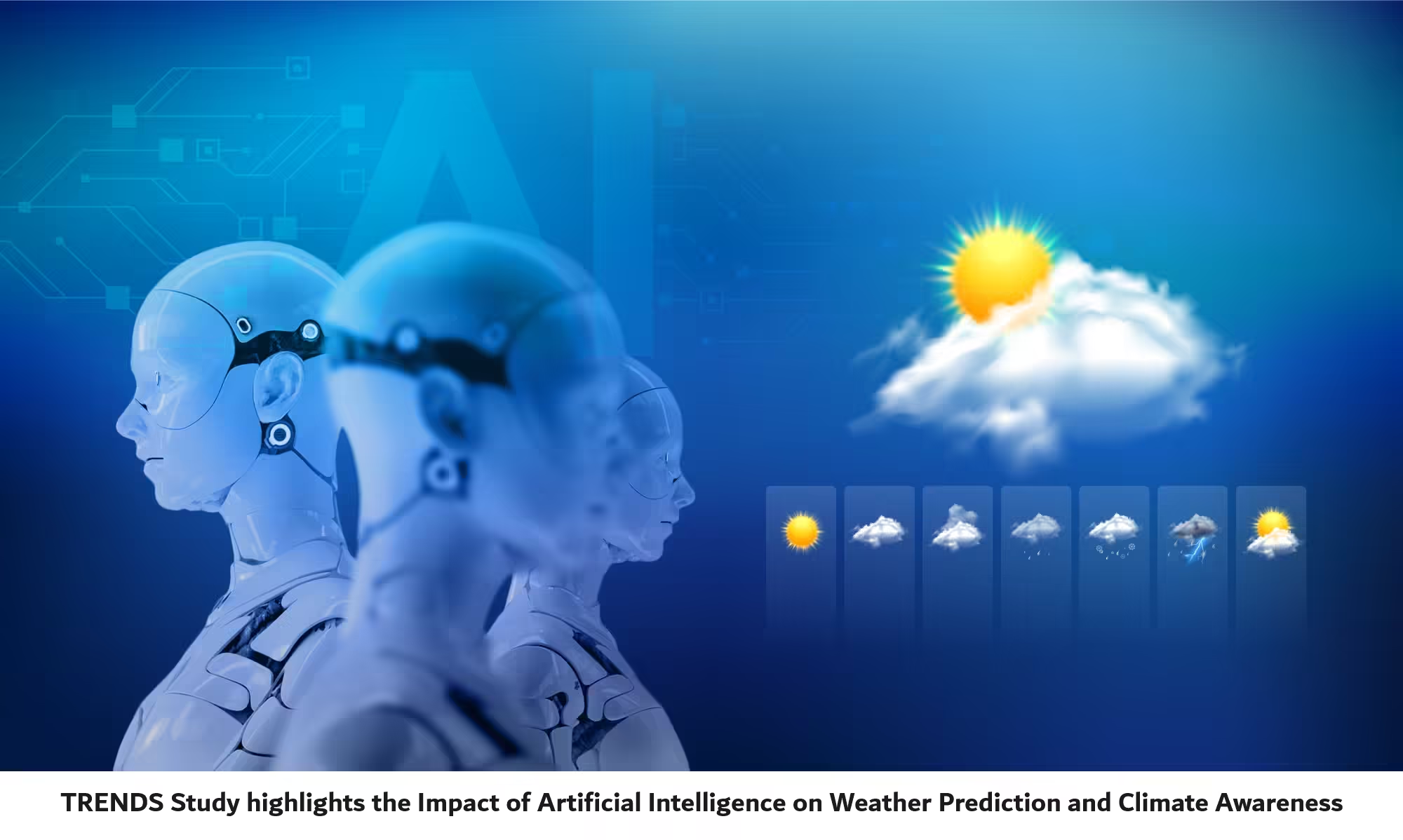In September, devastating floods swept through parts of Europe, leaving many shocked by the extent of the destruction. While advanced artificial intelligence (AI) systems accurately predicted the heavy rains that led to the floods, the actual impacts in affected areas were unforeseen, underscoring the complexities of managing increasingly common extreme weather events.
AI has revolutionized weather forecasting by leveraging various statistical tools to analyze historical data and identify patterns, often at a lower cost than traditional numerical models. This technology allows for more precise predictions in scenarios such as urban flooding or in challenging terrains like mountainous regions. For instance, GraphCast, a machine learning method funded by Google and trained on reanalysis data, has demonstrated superior performance compared to conventional forecasting models.
Despite these advancements, gaps in knowledge and investment hinder the effectiveness of AI-driven weather forecasts. “In some cases and for some variables, AI models can outperform physics-based models, but the reverse is also true,” explained Andrew Charlton-Perez, a meteorology professor at the University of Reading.
One significant challenge is that AI models depend heavily on the quality and quantity of input data. As extreme weather events become more unpredictable in terms of timing and location, accurately forecasting disasters becomes increasingly difficult. “AI-based weather forecasts should complement our forecasting toolbox by allowing us to produce larger ensembles of forecasts, enabling better assessments of extreme event probabilities,” Charlton-Perez added.
Effective Communication is Crucial
Since January, the European Centre for Medium-Range Weather Forecasts (ECMWF) has utilized an Artificial Intelligence/Integrated Forecasting System (AIFS) to provide rapid, data-driven predictions, including long-term forecasts for cyclones and heatwaves. Experts noted that ECMWF forecasts ahead of the September floods accurately predicted 300-400 millimeters (11.8-15.7 inches) of rain in some areas.
However, effective communication remains essential. Climate change is increasing the frequency of extreme weather events, which makes it critical to convey the potential severity of forecasts to the public. “The recent floods were such a rare occurrence—a one in 150- to 200-year event—that even with accurate models, there’s a significant degree of uncertainty,” said Shruti Nath, a postdoctoral research assistant at Oxford University. “Warnings must be clear about potential impacts, prompting appropriate responses and resource allocation.”
Are European Governments Prepared?
A report from the European Environment Agency warns that Europe is facing urgent climate risks that are outpacing policy and adaptation efforts. The EEA highlights that extreme heat, drought, wildfires, and flooding will worsen across the continent, even under optimistic global warming scenarios. European Commissioner for Crisis Management Janez Lenarčič emphasized that such extreme weather events, once rare, are now almost annual occurrences.
Some tech entrepreneurs believe that Europe is not adequately prepared for these challenges. Jonas Torland, co-founder of Norway-based 7Analytics, pointed out that while U.S. governments and businesses have established risk managers experienced in environmental hazards, European authorities often lack readiness. “We frequently see substantial expenditures with minimal data support for informed decision-making,” he noted. “While AI is a crucial component of predictive models, governments are not investing in advanced AI solutions and tend to rely on outdated data providers.”
Data processing presents additional challenges, as complex AI models require frequent updates to stay accurate. High-resolution forecasts, like those using a 1-by-1 meter grid, demand extensive computing power and time, leading to increased energy consumption and emissions—further complicating the climate crisis.
Some major tech companies, including Microsoft and Google, are exploring nuclear power to sustain their data centers amid rising energy demands.
In addition to improving forecasting, experts emphasize the need for investments in physical infrastructure, such as floodwater storage areas and early warning systems. Reducing development in flood-prone areas and committing to emissions reduction are critical as well.
“As long as the world continues to burn fossil fuels, the root cause of climate change will persist, intensifying extreme weather events,” stated Friederike Otto, a senior lecturer at Imperial College London. “To reverse this trend, we must transition from oil, gas, and coal to renewable energy sources.”



